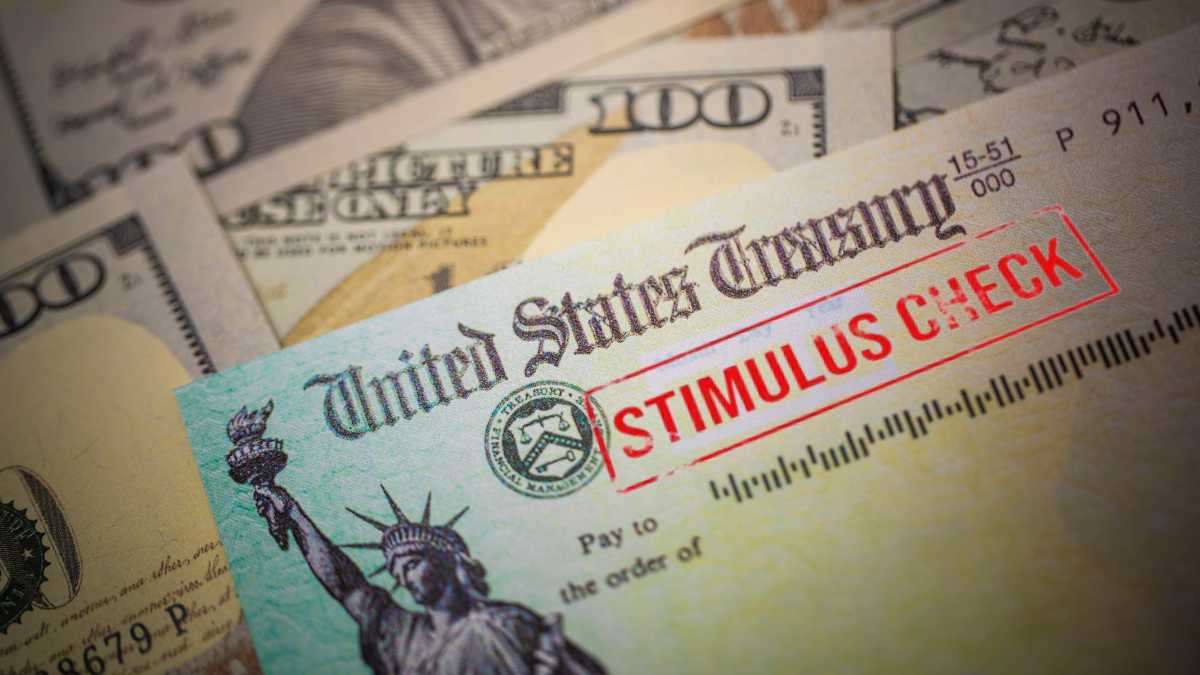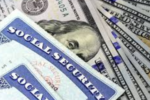The Internal Revenue Service (IRS) has announced a plan to distribute payments to individuals who missed out on receiving stimulus funds during the COVID-19 pandemic. If you’re among those eligible, you might soon notice a deposit in your bank account or a check in your mailbox.
Stimulus Payments Set to Arrive
In a recent press release, the IRS shared that approximately $2.4 billion in unclaimed stimulus payments is being distributed. These payments are aimed at helping taxpayers who missed out on earlier Economic Impact Payments or failed to claim the Recovery Rebate Credit on their 2021 tax returns.
The payments began rolling out in December 2024 and are expected to be completed by late January 2025. Eligible recipients will receive the funds through the bank account listed on their 2023 tax return or the address on file with the IRS.
Why These Payments Are Happening
The IRS decided to take action after identifying a large number of taxpayers who missed out on the Economic Impact Payments or didn’t realize they could claim the Recovery Rebate Credit. The agency’s internal data showed that over one million taxpayers overlooked this credit, which was designed to assist individuals and families during the pandemic.
To simplify the process and minimize additional paperwork, the IRS is issuing these payments automatically. Taxpayers will not need to file an amended return or navigate a complex claims process to receive their funds.
How Much Money Can You Expect?
The amount of the stimulus payment varies depending on eligibility, with a maximum payout of $1,400 per individual. This initiative aims to ensure that taxpayers receive the financial relief they are entitled to without additional stress or hassle.
Who Is Eligible?
To qualify for this payment, you must have been eligible for previous rounds of stimulus payments but did not receive them. Many individuals may have missed out due to oversight or misunderstanding the Recovery Rebate Credit requirements.
The IRS emphasized that this automatic payment process applies only to those whose data from tax filings indicate eligibility. If you are uncertain about your status, the IRS recommends reviewing your previous tax returns or consulting a tax professional.
What to Do if You Don’t Receive a Payment
If you believe you are eligible for the payment but do not receive it by the end of January 2025, you should contact the IRS for assistance. Keep an eye on your mailbox or bank account and ensure your contact details are up-to-date with the agency.
IRS Commitment to Taxpayer Support
The IRS’s decision to make these payments automatic reflects its ongoing efforts to streamline processes and provide support to taxpayers. By addressing gaps in prior distributions, the agency aims to assist those who may have struggled financially during the pandemic.
This initiative is part of a broader commitment to making tax-related processes more accessible and transparent for individuals and families across the United States.
Stay Informed
To stay updated on your eligibility or payment status, visit the IRS website or contact their support line. It’s essential to stay informed about changes and initiatives like this to ensure you don’t miss out on benefits you’re entitled to receive.
With billions of dollars being distributed, the IRS’s proactive approach underscores the importance of supporting taxpayers and helping them navigate complex systems to access financial aid.
Disclaimer – Our team has carefully fact-checked this article to make sure it’s accurate and free from any misinformation. We’re dedicated to keeping our content honest and reliable for our readers.








